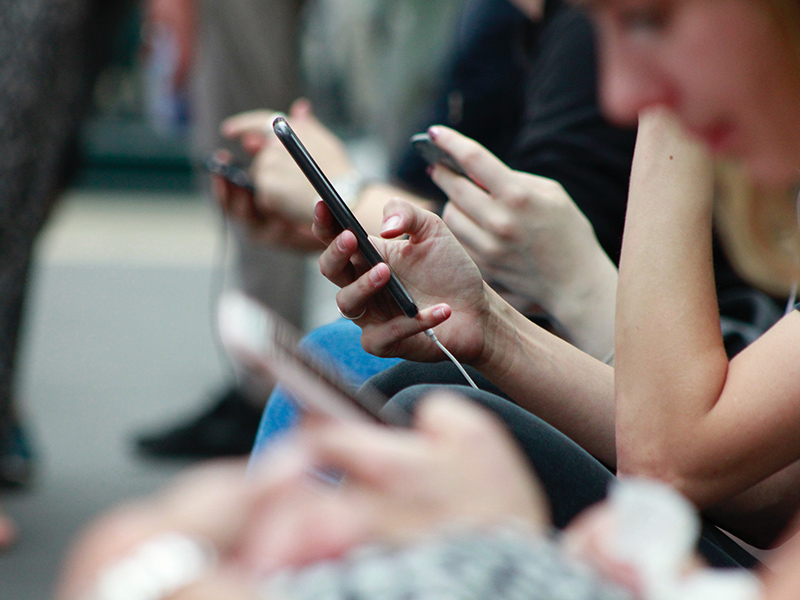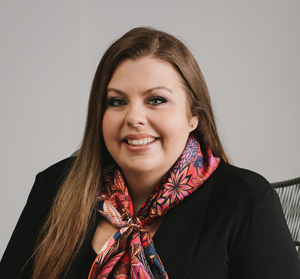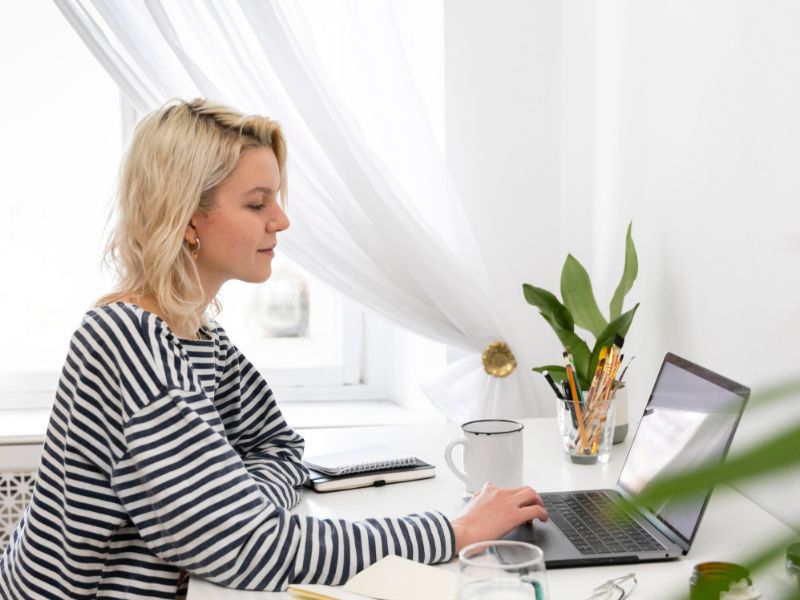
By Tara Ataya, Chief People & Diversity Officer, Hootsuite
Since the early days of social media marketing, the profession has seen significant changes —largely propelled by the rapid pace of social itself. From the advent of MySpace 20 years ago, to the more recent launches of Threads and BeReal, the role of a social marketer has evolved and matured into a multifaceted profession.
Nowadays, social marketers are expected to juggle a plethora of responsibilities —from graphic design and copywriting to crisis communications and customer service.
That’s why, when we surveyed social marketers for Hootsuite’s inaugural Social Media Career Report, we weren’t surprised to find that two out of three say they have too many different responsibilities and 51% don’t have enough time to do their job well.
But perhaps more surprisingly, our research found that, as social continued to evolve, a significant gender pay gap remained. Knowing that social marketing is a profession-dominated by women industry, how can organisations address this?
Addressing the social media pay gap
The gender pay gap is a global issue, with women in the world’s leading economies earning only 86.2% of what men earned in 2021. In social marketing, the gap is even wider. Although the industry is predominantly made up of women (73%), they earn only 76% of the income of their male peers.
Social marketers overall are also paid less than their marketing peers – regardless of gender. US income data from BuiltIn showed that, looking at total pay, individuals in other managerial marketing roles tend to make more than social media managers – highlighting that social pros aren’t valued as much as other marketers.
Despite this, there is room for hope. Social is still young enough as an industry, giving us an opportunity to identify and correct these inequalities.
For employers looking to embark on this journey, there are external groups dedicated to improving pay equity that organisations can partner with to support their social team – and all their employees. As a part of Unbounce’s #PayUpForProgress, for example, Hootsuite pledges to honour equal pay for all employees, regardless of gender, sexual orientation, neurodiversity, age, race, or ethnicity.
Breaking barriers: overcoming the lack of progression
Unfortunately, fair pay is not the only barrier women face in social marketing – they are also less likely to get promoted. Hootsuite’s 2023 Report found that men in the industry are 19% more likely to have been promoted – and though this reflects trends across the global workforce, it is especially disappointing considering the industry is otherwise comparatively progressive. .
Even sitting on a larger social team does not improve women’s chances. Men who sit on social teams of four or more are 22% more likely than women in the same size teams to have been promoted.
Aside from gender, Hootsuite found that education also plays a role in social marketers’ career progression. Those with an educational certificate in social media are 35% more likely to have been promoted.
As executive leaders in the space, it’s our responsibility to address these blatant gaps and advocate for equality in pay, opportunities, and promotion across our organisations. Providing employees with access to certified social media training, as the results above suggest, is just one way to help improve women’s chances of promotion in the social marketing industry. And there are plenty of other resources like salary negotiation guides and calculators, available to help social marketers progress. But more must be done.
Empowering change: strategies for organisations
Ultimately, it’s up to each organisation to promote gender equality and foster an inclusive workplace culture – whether they have a large social team or one social media manager (wearing multiple hats, of course). There are plenty of initiatives that exist to improve workplace diversity, equity, and inclusion (DE&I). Things like fair pay policies, diversity training, employee resource groups (ERGs), and mentorship programmes, just to name a few.
As leaders, we also need to ensure we’re equipping our employees with the skills to negotiate and advocate for themselves. Social media managers will not see pay equity unless they are willing to speak up about it – and when they do, they see results. Two-thirds (67%) of salaried social marketers have received a pay increase within their company and three quarters (75%) of social marketers who’ve asked for a raise, got one.
Of course, responsibility for the gender pay gap does not sit with any one organisation, team, or individual. That’s why a collaborative approach is also vital – between organisations, industry associations, educational institutions. It will take all of us to ultimately solve the wider global issue that is gender pay inequity.
Luckily, it’s not all doom and gloom for social marketers. Despite the many challenges they’re facing, the majority (77%) of social media managers are perfectly happy in their career. And fair pay is just one aspect that would improve social marketers’ job satisfaction. Hootsuite’s Report also found that social marketers who spend the majority of their day on social media; work in the office full-time; work for a large organisation (1,000+ employees); and sit on a larger social media team (the larger the better) are all markedly happier in their careers.
Paving the way to pay equity
As the saying goes, our past is the greatest predictor of our future. Consequently, when it comes to pay inequity, we need to lean in and stop that from continuing. Social media is the tip of the spear for marketing but it’s early enough that the more we highlight the inequities in the profession, the greater the likelihood of a course correction.
There are steps that organisations and marketers themselves can take to overcome these challenges, and secure social media as one of the most lovable careers. Women voicing their concerns and advocating for change is just the beginning – organisations need to listen.
By prioritising pay equity and DE&I more broadly across the organisation, leaders will improve working conditions for all of their employees – not least their hard-working social media team. And by collaborating with other organisations, industries, and institutions, together we will all move closer towards bridging the global gender pay gap.
About the author
 Tara Ataya, Chief People and Diversity Officer, Hootsuite
Tara Ataya, Chief People and Diversity Officer, Hootsuite
Tara joined Hootsuite in 2020 as VP People, and was announced as Hootsuite’s first Chief People and Diversity Officer later that year. Tara leads Hootsuite’s employee experience and Diversity, Equity and Inclusion initiatives across the organisation globally, and has more than 15 years’ experience working in all aspects of Human resources in SaaS, technology and services companies.








